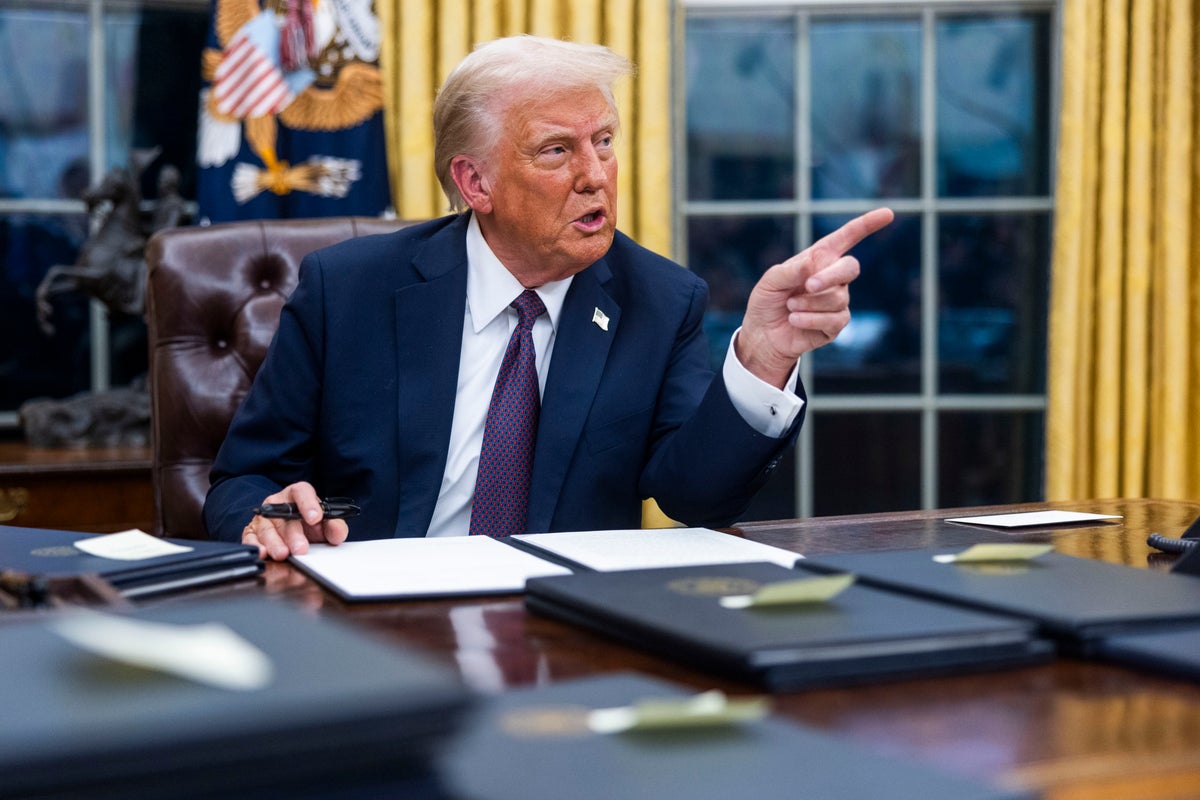Science Under Siege: Decoding Trump's Executive Order Blitz

In a flurry of presidential action following his second inauguration, Donald Trump swiftly moved to reshape policy through a series of executive orders that would significantly impact the scientific community. These sweeping directives signaled a potentially transformative approach to research, funding, and scientific priorities across multiple sectors of government.
The newly signed executive orders promised to introduce substantial changes, sparking intense discussion and debate among scientists, policymakers, and research institutions. Each order carried the potential to redirect scientific efforts, alter research funding, and redefine the relationship between the federal government and the scientific establishment.
With these decisive actions, President Trump demonstrated his administration's intent to quickly implement its vision for scientific and technological development, setting the stage for potentially far-reaching consequences in research and innovation.

